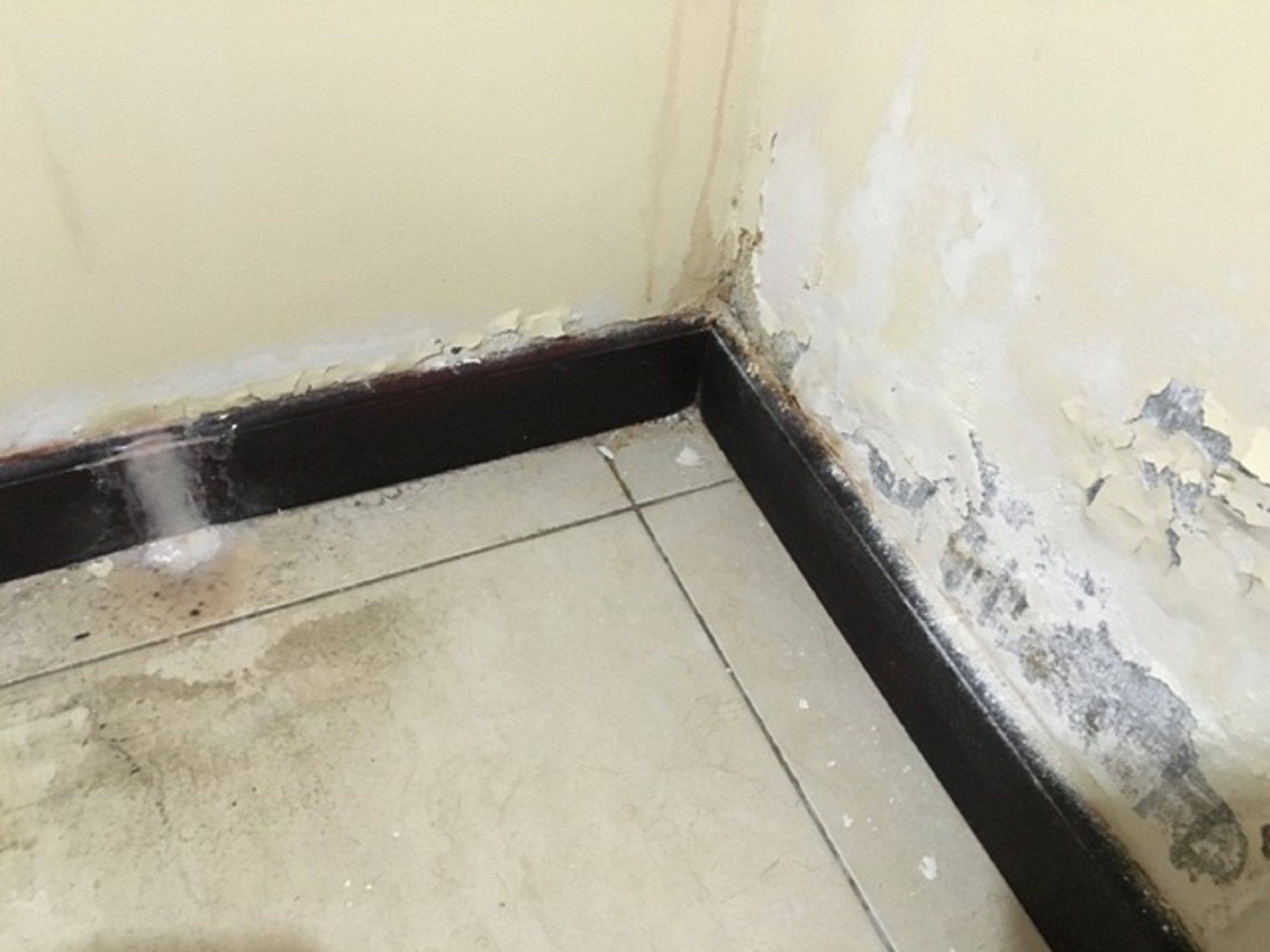6 Water Damage Restoration Do's as well as Don'ts.
6 Water Damage Restoration Do's as well as Don'ts.
Blog Article
The publisher is making a number of great pointers regarding Reducing Your Risk Of Water And Fire Damage At Home overall in this content further down.

Water offers life, water breach on components where it's not expected to be can result in damage. If the water soaks into your structure, it can peel away surfaces and erode the foundation. Mold and mold likewise flourish in a damp setting, which can be unsafe for your health and wellness. Houses with water damages odor moldy and old.
Water can originate from many resources such as hurricanes, floodings, ruptured pipes, leaks, and also sewer concerns. In case you experience water damage, it would certainly be excellent to understand some security precautions. Below are a couple of standards on how to manage water damage.
Do Prioritize Residence Insurance Coverage Protection
Water damages from flood because of hefty winds is seasonal. Nonetheless, you can also experience a sudden flooding when a defective pipeline instantly breaks into your home. It would be best to have house insurance coverage that covers both acts of God such as all-natural catastrophes, as well as emergency situations like damaged plumbing.
Don't Neglect to Shut Off Energies
In the event of a calamity, especially if you stay in a flood-prone area, it would certainly be advisable to shut off the main electrical circuit. This removes power to your entire house, protecting against electrical shocks when water is available in as it is a conductor. Do not neglect to transform off the main water line valve. Furnishings will certainly move around and cause damage when floodwaters are high. Having the main shutoff shut down protects against more damages.
Do Stay Proactive and also Heed Weather Condition Alerts
Storm floodings can be very unforeseeable. If there is a background of flooding in your neighborhood, stay positive and also ready. Listen to emptying cautions if you live near a lake, river, or creek . Get belongings from the first stage as well as cellar, after that placed them on the highest possible level. Doing so decreases prospective residential property damage.
Don't Neglect the Roof
You can prevent rain damage if there are no holes and leaks in your roof. This will protect against water from moving down your walls and saturating your ceiling.
Do Take Notice Of Little Leaks
A burst pipeline doesn't happen overnight. Normally, there are red flags that suggest you have actually compromised pipes in your house. You may observe bubbling paint, peeling wallpaper, water touches, water stains, or leaking audios behind the walls. Eventually, this pipe will burst. Preferably, you should not wait on things to rise. Have your plumbing repaired before it leads to large damage.
Do Not Panic in Case of a Burst Pipe
Maintaining your presence of mind is important in a time of dilemma. Worrying will just worsen the issue because it will stifle you from acting quick. Timing is essential when it comes to water damage. The longer you wait, the more damages you can anticipate. Therefore, if a pipe bursts in your home, instantly shut off your main water valve to cut off the resource. Unplug all electric outlets in the location or transform off the circuit breaker for that part of the residence. Call a credible water damages restoration specialist for aid.
Water offers life, water intrusion on parts where it's not expected to be can result in damage. Residences with water damage odor old as well as moldy.
Water damages from flooding charges to heavy winds is seasonal. You might notice bubbling paint, peeling wallpaper, water streaks, water stains, or leaking noises behind the walls. When it comes to water damages, timing is crucial.
Some Do's & Don't When Dealing with a Water Damage
DO:
Make sure the water source has been eliminated. Contact a plumber if needed. Turn off circuit breakers supplying electricity to wet areas and unplug any electronics that are on wet carpet or surfaces Remove small furniture items Remove as much excess water as possible by mopping or blotting; Use WHITE towels to blot wet carpeting Wipe water from wooden furniture after removing anything on it Remove and prop up wet upholstery cushions for even drying (check for any bleeding) Pin up curtains or furniture skirts if needed Place aluminum foil, saucers or wood blocks between furniture legs and wet carpet Turn on air conditioning for maximum drying in winter and open windows in the summer Open any drawers and cabinets affected for complete drying but do not force them open Remove any valuable art objects or paintings to a safe, dry place Open any suitcases or luggage that may have been affected to dry, preferably in sunlight Hang any fur or leather goods to dry at room temperature Punch small holes in sagging ceilings to relieve trapped water (don't forget to place pans beneath!); however, if the ceiling is sagging extremely low, stay out of the room and we'll take care of it DO NOT:
Leave wet fabrics in place; dry them as soon as possible Leave books, magazines or any other colored items on wet carpets or floor Use your household vacuum to remove water Use TV's or other electronics/appliances while standing on wet carpets or floors; especially not on wet concrete floors Turn on ceiling fixtures if the ceiling is wet Turn your heat up, unless instructed otherwise

We are very excited about Preventing Fires and Water Damage In Your Home and I'm hoping you appreciated my piece. Are you aware of anybody else who is looking into the subject? Take a moment to promote it. Thanks for going through it.
Report this page